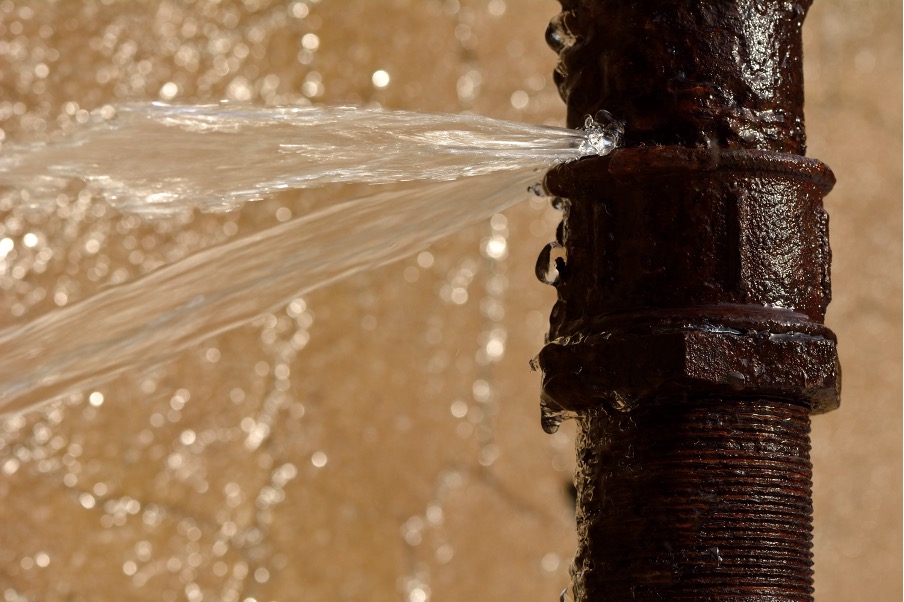Guide To Water Leak Discovery In The House
Guide To Water Leak Discovery In The House
Blog Article
What're your insights and beliefs on Top leak detection hacks?

Early discovery of leaking water lines can minimize a potential catastrophe. Some little water leaks might not be noticeable.
1. Take A Look At the Water Meter
Every house has a water meter. Checking it is a surefire manner in which helps you discover leaks. For beginners, turn off all the water resources. Make sure no one will certainly purge, utilize the tap, shower, run the cleaning maker or dishwashing machine. From there, go to the meter and watch if it will certainly alter. Because no one is using it, there need to be no movements. That suggests a fast-moving leakage if it moves. If you discover no modifications, wait a hr or two as well as examine back once more. This means you might have a slow-moving leakage that can even be below ground.
2. Examine Water Consumption
If you detect sudden modifications, in spite of your intake being the same, it indicates that you have leaks in your plumbing system. A sudden spike in your costs shows a fast-moving leakage.
Meanwhile, a constant increase every month, despite having the very same practices, reveals you have a slow leakage that's also gradually intensifying. Call a plumber to extensively inspect your residential property, particularly if you really feel a warm area on your floor with piping underneath.
3. Do a Food Coloring Test
When it involves water consumption, 30% comes from bathrooms. Examination to see if they are running appropriately. Decrease specks of food color in the storage tank and wait 10 minutes. There's a leakage in between the container as well as dish if the color somehow infiltrates your bowl during that time without flushing.
4. Asses Exterior Lines
Do not neglect to check your outdoor water lines also. Ought to water seep out of the link, you have a loosened rubber gasket. One little leak can throw away bunches of water and also spike your water costs.
5. Analyze the scenario as well as inspect
Property owners need to make it a routine to inspect under the sink counters and also even inside cabinets for any kind of bad odor or mold and mildew development. These 2 red flags suggest a leakage so prompt interest is called for. Doing routine assessments, even bi-annually, can save you from a major trouble.
Inspect for stainings and also weakening as many pipes and devices have a life expectations. If you believe leaking water lines in your plumbing system, do not wait for it to rise.
Early discovery of leaking water lines can minimize a possible calamity. Some tiny water leakages might not be noticeable. Checking it is a guaranteed way that aids you uncover leaks. One small leak can squander lots of water and also increase your water costs.
If you believe leaking water lines in your plumbing system, don't wait for it to rise.
WARNING SIGNS OF WATER LEAKAGE BEHIND THE WALL
PERSISTENT MUSTY ODORS
As water slowly drips from a leaky pipe inside the wall, flooring and sheetrock stay damp and develop an odor similar to wet cardboard. It generates a musty smell that can help you find hidden leaks.
MOLD IN UNUSUAL AREAS
Mold usually grows in wet areas like kitchens, baths and laundry rooms. If you spot the stuff on walls or baseboards in other rooms of the house, it’s a good indicator of undetected water leaks.
STAINS THAT GROW
When mold thrives around a leaky pipe, it sometimes takes hold on the inside surface of the affected wall. A growing stain on otherwise clean sheetrock is often your sign of a hidden plumbing problem.
PEELING OR BUBBLING WALLPAPER / PAINT
This clue is easy to miss in rooms that don’t get much use. When you see wallpaper separating along seams or paint bubbling or flaking off the wall, blame sheetrock that stays wet because of an undetected leak.
BUCKLED CEILINGS AND STAINED FLOORS
If ceilings or floors in bathrooms, kitchens or laundry areas develop structural problems, don’t rule out constant damp inside the walls. Wet sheetrock can affect adjacent framing, flooring and ceilings.
https://www.servicemasterbyzaba.com/blog/how-to-detect-water-leakage-in-walls/

I found that review on Locating water leaks when doing a search on the search engines. Sharing is nice. Helping others is fun. Thank you for going through it.
Report this page